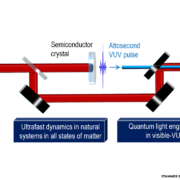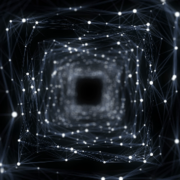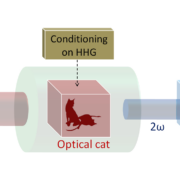Quantum simulation with interacting ultracold atoms: recent progress and future perspectives
A team of researchers, including Dynamite partners, provides an updated review of non-standard Bose-Hubbard models, a theoretical framework typically used to describe quantum simulators using ultracold atoms with various kinds of interactions. The review compiles recent results in the field and discusses how intriguing states of matter and quantum mechanical effects can emerge in these systems.
Read more





 This project was funded within the QuantERA II Programme that has received funding from the European Union’s Horizon 2020 research and innovation programme under Grant Agreement No 101017733
This project was funded within the QuantERA II Programme that has received funding from the European Union’s Horizon 2020 research and innovation programme under Grant Agreement No 101017733